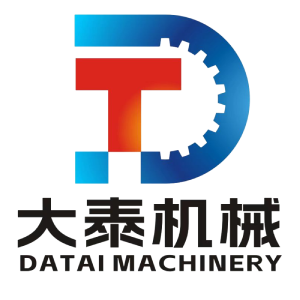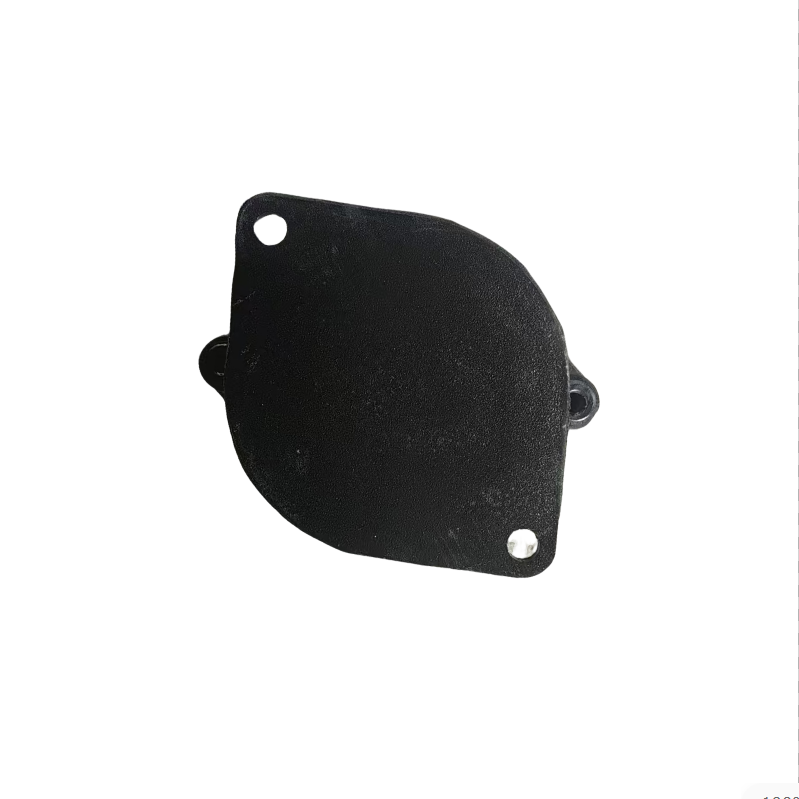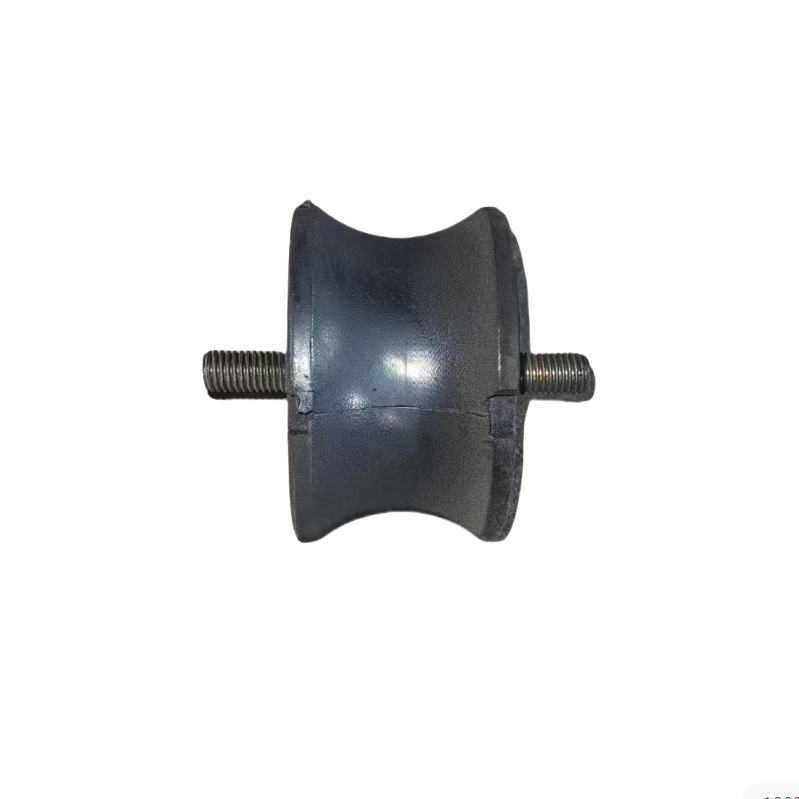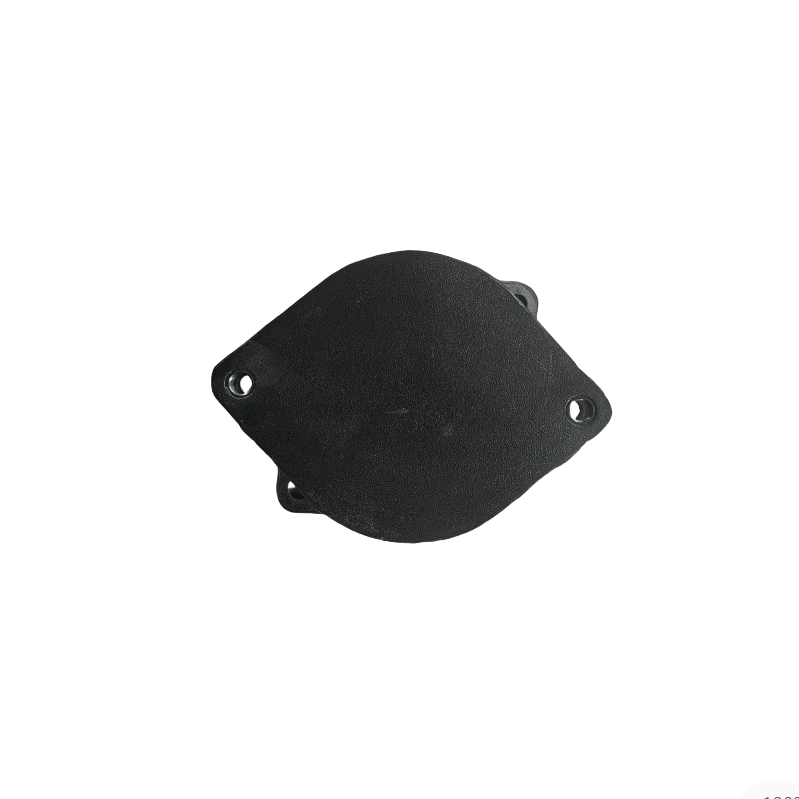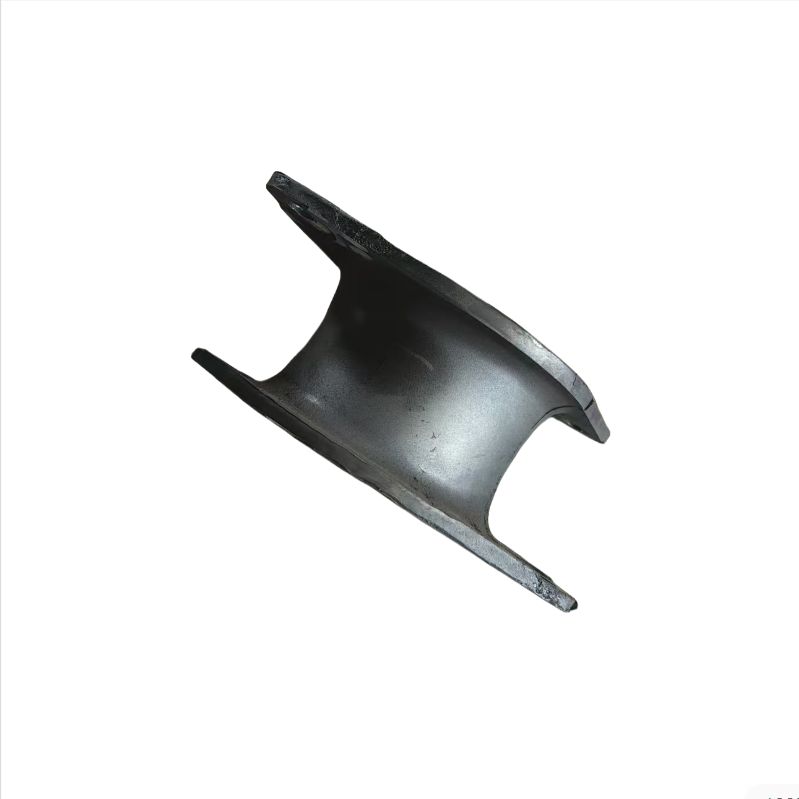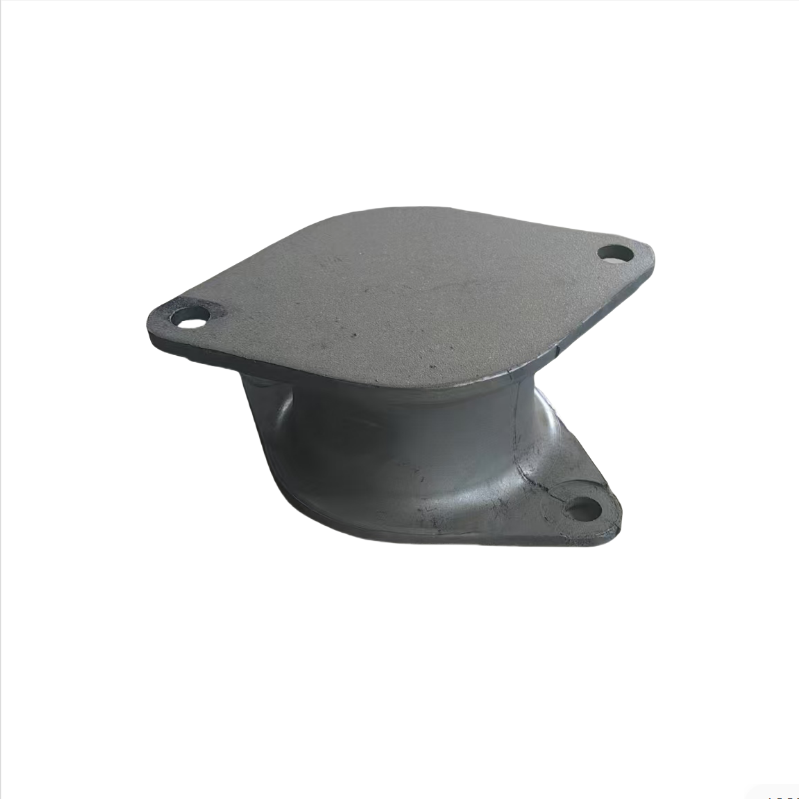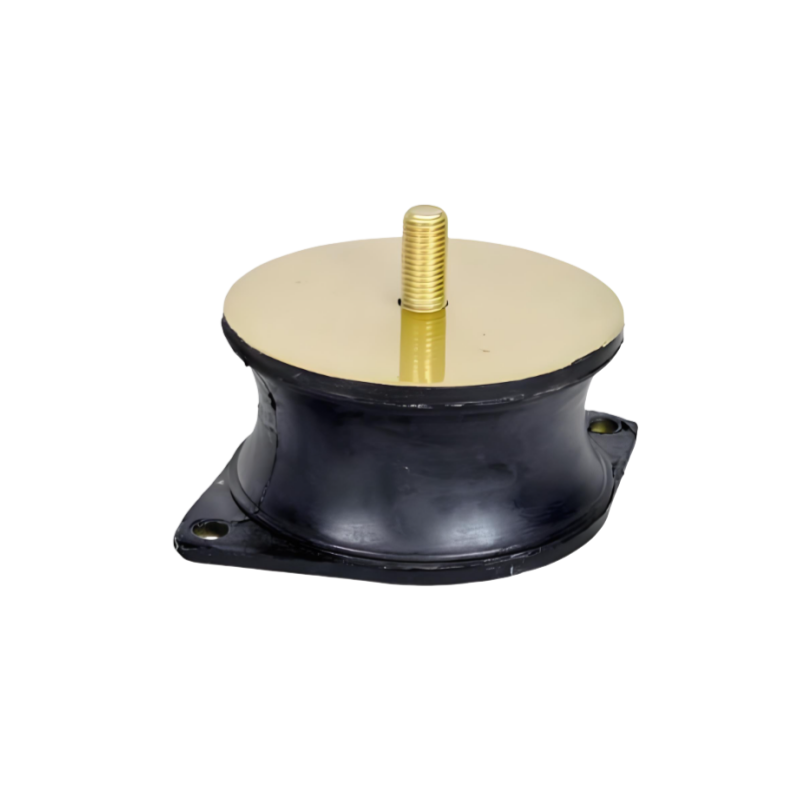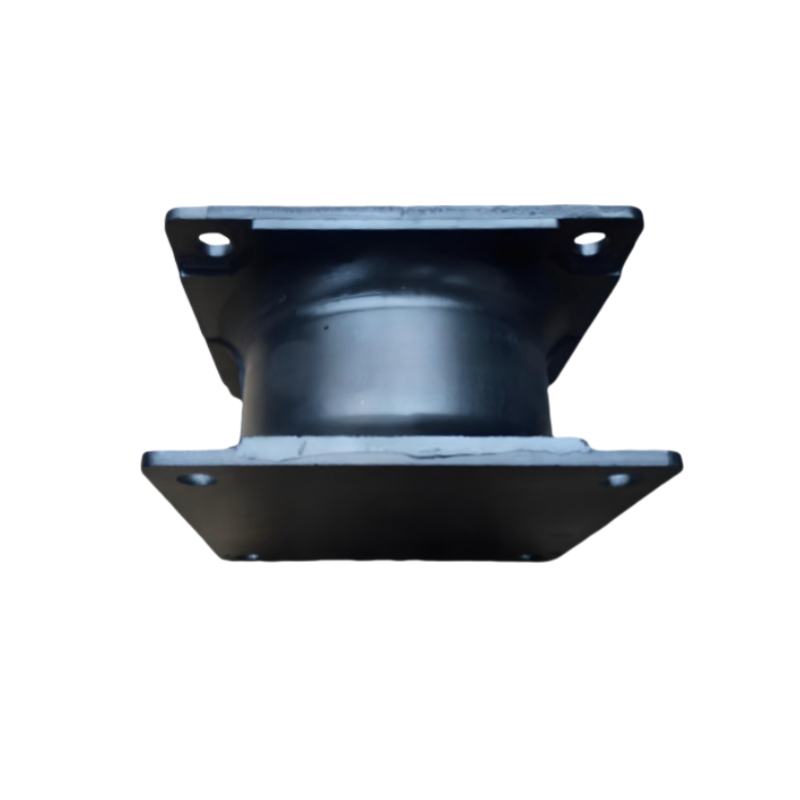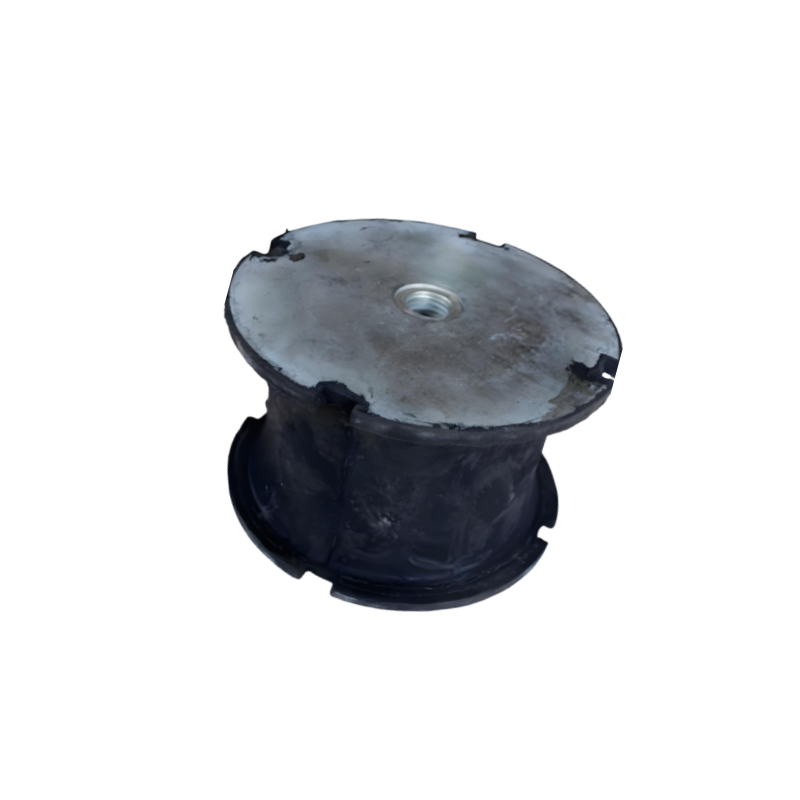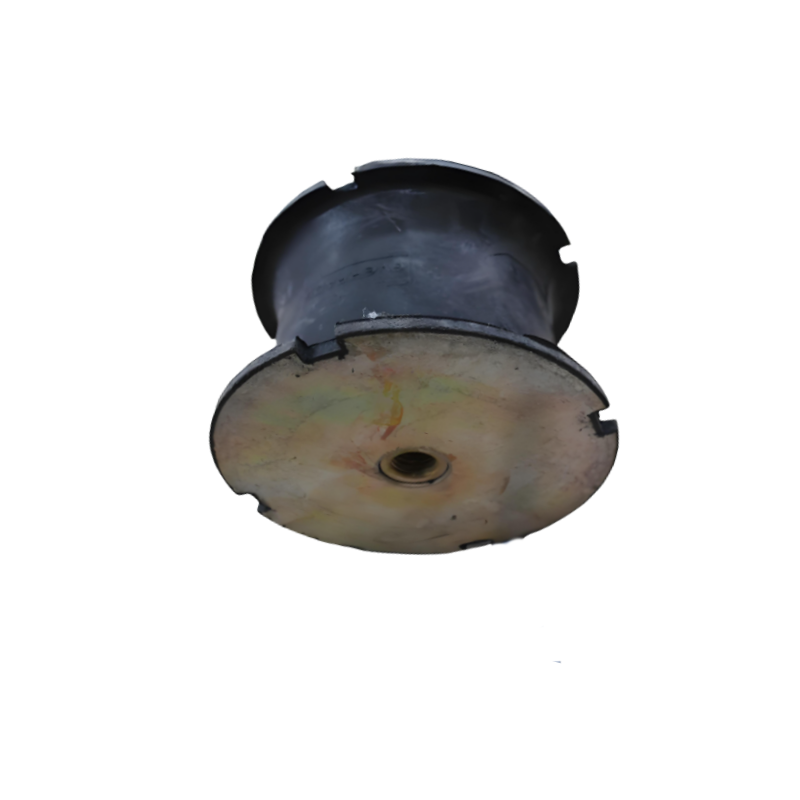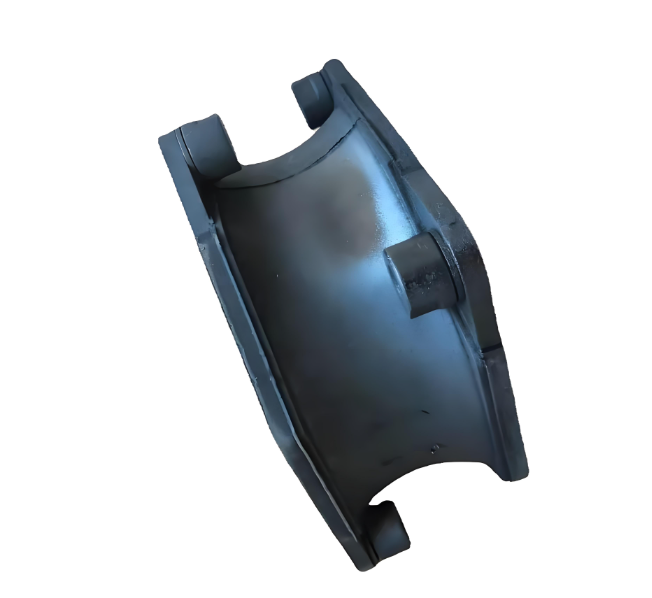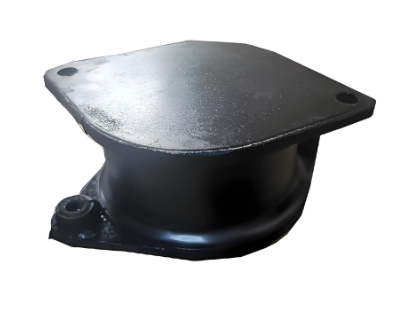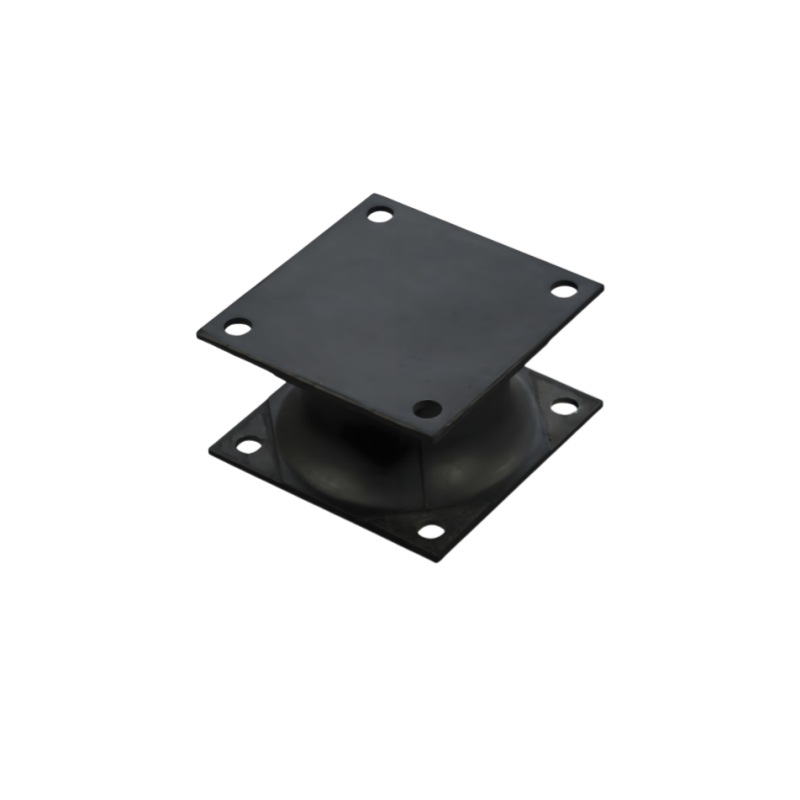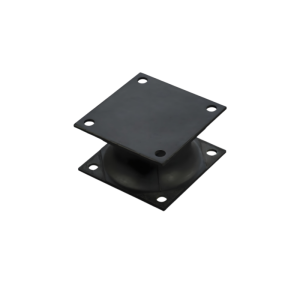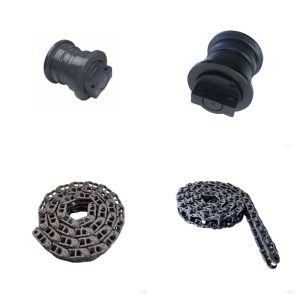- La fonction des amortisseurs
Réduire la transmission des vibrations : isoler les vibrations à haute fréquence de la roue vibrante, éviter la transmission des vibrations à la carrosserie ou à la cabine, et protéger la structure de l'équipement et les composants électroniques.
Améliorer le confort d'utilisation : réduire les vibrations et le bruit subis par le conducteur, et minimiser la fatigue.
Prolonger la durée de vie de l'équipement : Réduire l'impact des vibrations sur les composants tels que la carrosserie, les roulements et le système hydraulique, et minimiser l'usure. - Types courants
Les amortisseurs à rouleau peuvent être classés dans les catégories suivantes en fonction de leur conception et de leurs principes de fonctionnement :
(1) Amortisseur en caoutchouc
Matériau : Fabriqué en caoutchouc ou en polyuréthane à haute élasticité.
Caractéristiques : Structure simple, faible coût, résistance à la corrosion, mais tendance au vieillissement après une utilisation à long terme.
Application : Petits rouleaux ou scénarios de vibrations à basse fréquence. - Lieu d'installation
Entre la roue vibrante et le cadre : isoler les vibrations à haute fréquence de la roue vibrante.
Base de la cabine : réduit les vibrations transmises à l'opérateur.
Support moteur : réduit l'impact des vibrations du moteur sur le fuselage. - Points clés de la sélection
Capacité de charge : Il est nécessaire d'adapter le poids et l'intensité des vibrations du rouleau.
Gamme de fréquences : Choisissez le type approprié en fonction de la fréquence des vibrations (par exemple, choisissez des amortisseurs hydrauliques pour les vibrations à haute fréquence).
Adaptabilité à l'environnement : Tenez compte de la température, de l'humidité et de la corrosivité (par exemple, les matériaux résistants au brouillard salin requis pour les opérations en bord de mer).
Coût d'entretien : Les pièces en caoutchouc doivent être remplacées régulièrement et l'étanchéité des amortisseurs hydrauliques doit être vérifiée. - Maintenance et dépannage
Inspection régulière : Observez si l'amortisseur présente des fissures, des fuites d'huile (type hydraulique) ou des déformations.
Nettoyage et entretien : Enlever les salissures de surface et les taches d'huile pour éviter le vieillissement du caoutchouc.
Norme de remplacement : Si l'effet d'absorption des chocs diminue de manière significative ou s'il y a un bruit anormal, l'appareil doit être remplacé en temps voulu.
Défauts courants :
Vieillissement du caoutchouc : se manifeste par des fissures et un durcissement.
Fuite hydraulique : La force d'amortissement a diminué et il est nécessaire de remplacer le joint ou l'ensemble.
